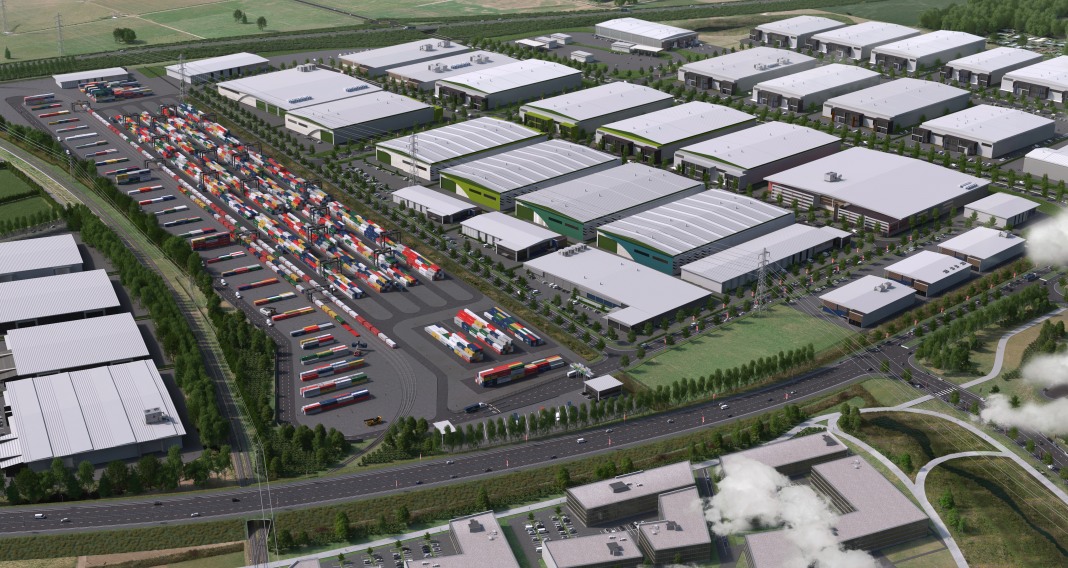The Golden Triangle continues to house the lion’s share of New Zealand’s economic productivity and it remains on a growth trajectory.
The upper North Island’s “Golden Triangle” zone formed by the Auckland, Waikato, and Bay of Plenty regions, retains its badge as the dominant focus of property development activity in New Zealand.
It’s responsible for nearly 60 percent of the country’s building consents issued annually and where big business is consolidating.
Bayleys Research’s latest Golden Triangle Overview, part of its Infrastructure series of reports, underlines the major contribution the three provinces make to New Zealand’s productivity and gross domestic product (GDP).
Accounting for just over half of New Zealand’s population (50.18 percent), the zone accounted for 52.4 percent of New Zealand’s GDP growth in the year to March 2021 and $11.978 billion – or 57.12 percent – of the value of all building consents issued.
That represents an increase of more than $1 billion in consents since 2019.
Given the continued demand being demonstrated by the market, the Golden Triangle’s supremacy as New Zealand’s economic powerhouse looks certain to endure. Once the domain of private investment money, the Golden Triangle zone is now attracting significant institutional and listed development investment – along with central government input. – Ryan Johnson
Robust across all sectors
Ryan Johnson, Bayleys’ national director commercial and industrial says the Golden Triangle’s robust new development activity is across all property sectors and despite Covid disruptors, he expects this dominance to persist in the medium to longer term.
“Given the continued demand being demonstrated by the market, the Golden Triangle’s supremacy as New Zealand’s economic powerhouse looks certain to endure.
“Once the domain of private investment money, the Golden Triangle zone is now attracting significant institutional and listed development investment – along with central government input.
“An example being Tauranga-based property entity Classic Group which has partnered with the NZ Super Fund to form a new land development company and will leverage its scale and capital to increase housing supply in New Zealand, with a focus on the Auckland market in the first instance.”
In Tauranga, Mark Walton, Bayleys’ commercial and industrial manager says the green light for Winstone Wallboard’s new $400 million plasterboard manufacturing and distribution facility in the Tauriko Business Estate, is a standout injection of confidence in the region.
“The 200-ha Tauriko estate, which incorporates one of Australasia’s largest industrial subdivisions, continues to account for the bulk of the current industrial building activity in Tauranga, however, future development land in the precinct is constrained.
“Design-build opportunities are filling up and industrial occupiers will need to act quickly to nab space – particularly for large footprint options. There’s a chronic shortage of business-zoned land in the region and the squeeze is on to meet the demand.”
Meanwhile, the Rangiuru Business Park near Te Puke in the Bay of Plenty, will open up around 178 hectares of land for development across four stages, accommodating large footprint industrial facilities and having a dedicated interchange connecting it to the Tauranga Eastern Link expressway and a direct rail link to the Port of Tauranga.
David Cashmore, Bayleys Waikato’s commercial manager says there has also been rapid uptake of sites in new subdivisions on the city’s northern boundary, such as the 60-hectare Te Rapa Gateway alongside State Highway 1.
Cashmore says without doubt, Tainui Group Holdings’ (TGH) new Ruakura Superhub that’s emerging out of the ground alongside the Waikato Expressway, will be transformational for Waikato’s business fundamentals.
“TGH’s 490-hectare master-planned development on Hamilton’s eastern fringe has almost 200 hectares allocated for logistics and industrial uses alone and will boast a substantial inland port.
“Once up-and-running, this precinct will kick the regional economy – and the part it plays in the broader Golden Triangle’s GDP – into a whole new gear.”
To access Bayleys Research’s latest Golden Triangle Overview, head to bayleys.co.nz/research/commercial
Related: Office extras prove worth




